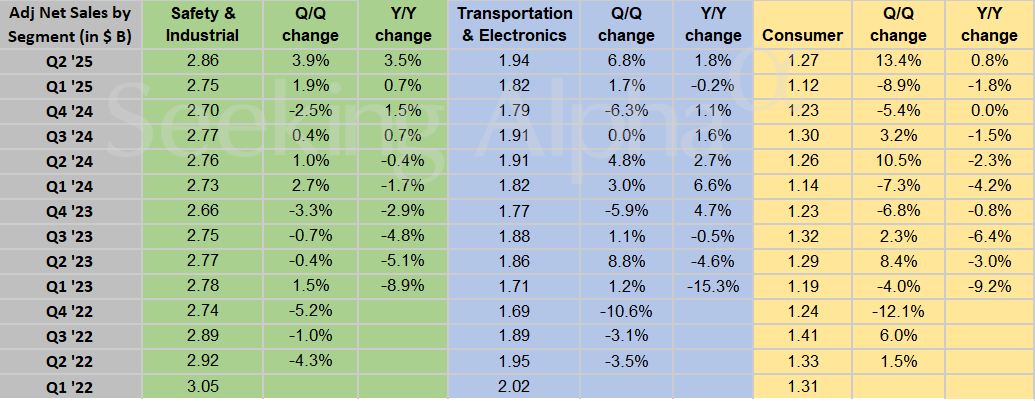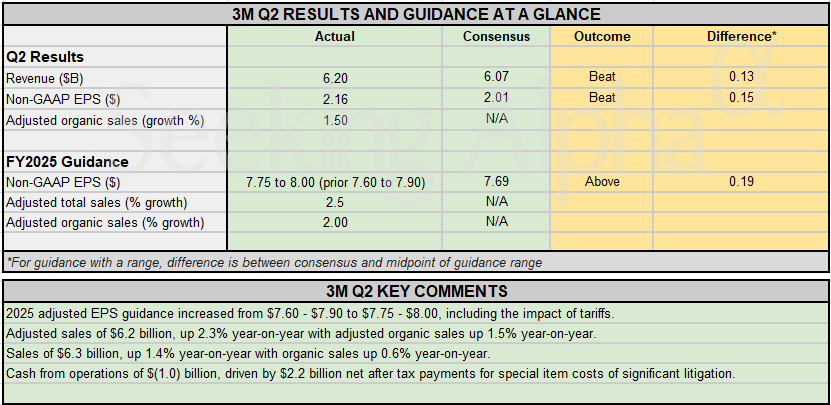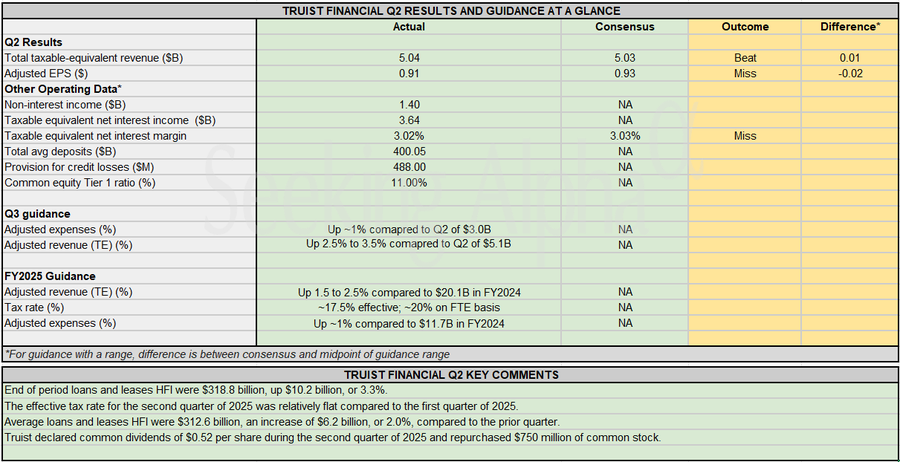SEBI Chairman Tuhin Kanta Pandey on Friday said that domestic power consumption is set to double in the next 10 years, given the current trend in the space. India has met rising demand for electricity, and it is expected to grow rapidly going forward, said Pandey. His remarks come days after MCX rolled out the country’s first electricity derivatives. On July 10, the commodity derivatives bourse launched electricity futures with an aim to help market participants manage risks associated with price fluctuations and demand variability.
He also said that both power generators and institutional investors will benefit from these contracts.
“Electricity has always been under regulatory watch… It falls under the commodity of energy… It must be balanced in real time and historically has been traded as physical contracts,” said the SEBI chief.
Electricity markets are well established across the global, and SEBI and CERC have taken a data-driven approach to create these contracts as a hedging tool, said Pandey.
“Starting with monthly futures will help investors to hedge against volatility… Power generators will now be able to lock in prices. The price hedging mechanism will help power generators and institutional investors,” he said.
“We will continue to ensure safe regulatory environment… Electricity has been categorised as a high-volatile commodity, thereby attracting a high initial margin requirement. This will discourage unusual speculative activity. Additional margins may be imposed in times of heightened volatility,” explained Pandey.
Initially covering the current month and the following three months, the electricity contracts are settled in cash.
Electricity derivative contracts play a crucial role in stabilising prices in a power market while supporting the shift to clean energy.
These instruments enable participants to secure financial certainty by hedging against demand-supply fluctuations and the variability of renewables like solar and wind.
They also boost market liquidity and transparency, critical for attracting investment and planning infrastructure, as India targets 500 GW of renewable energy by 2030.

 3 hours ago
1
3 hours ago
1

















 English (US) ·
English (US) ·